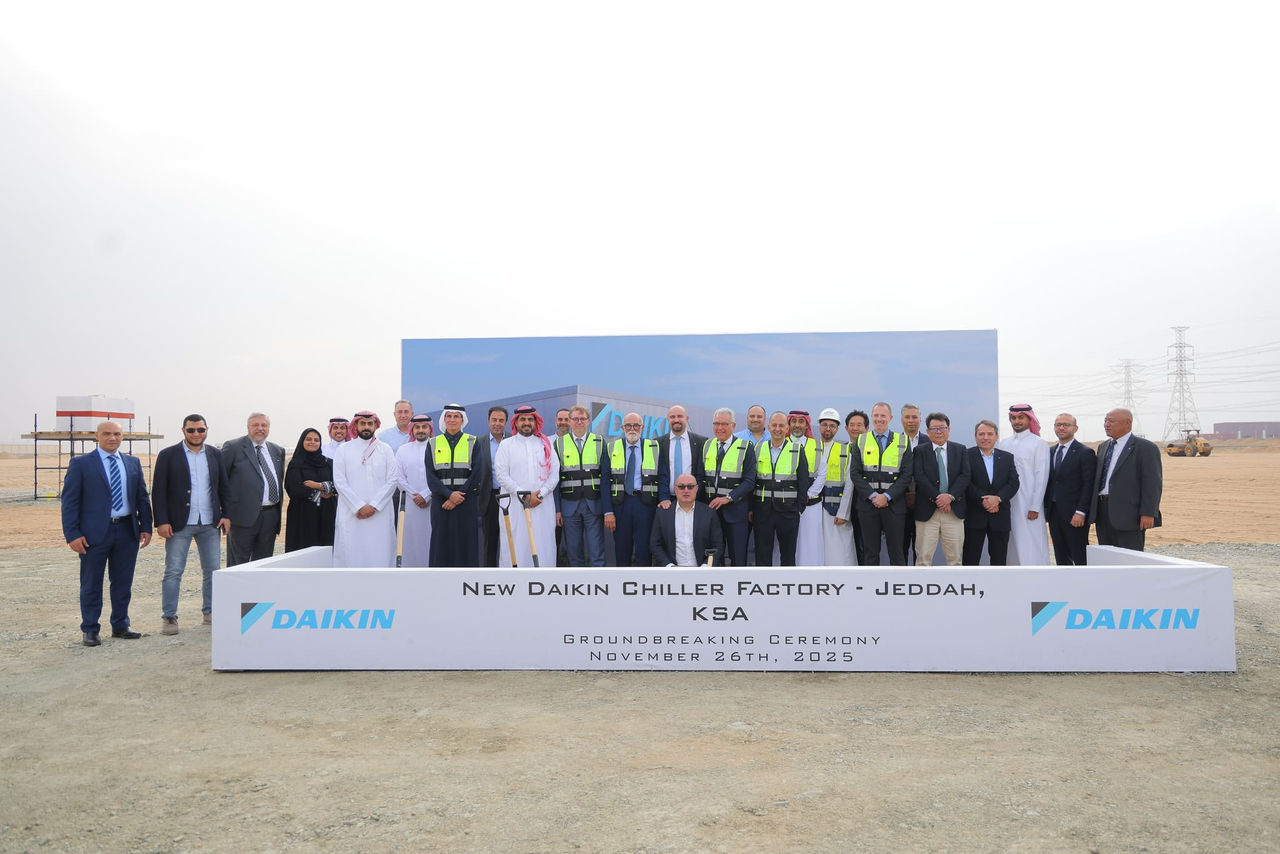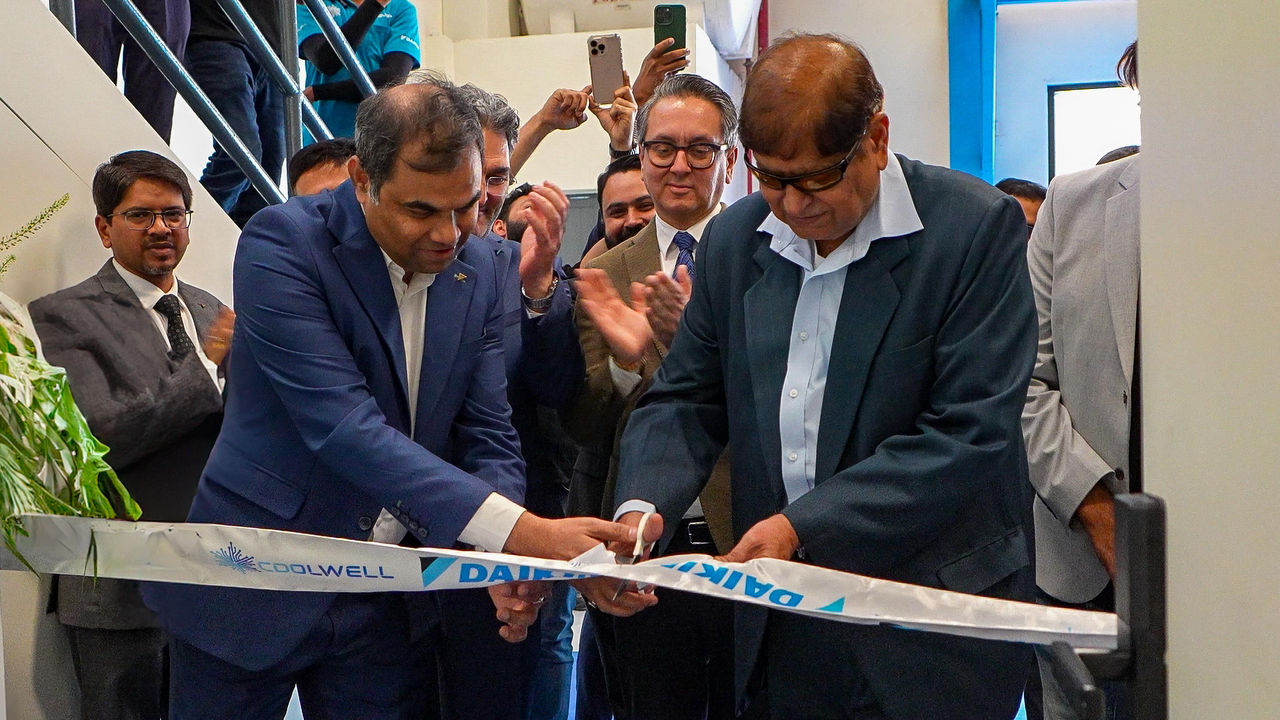
Air is one of the most essential elements we need to live and yet we fail to recognize the importance of clean air in indoor environments.
It has an impact on people’s health and performance at work, or on their everyday life activities. The more contaminated the air indoors is, the quicker people succumb to illnesses, allergies and rising stress levels. Even when the concentration of pollutants in a room is very subtle.
Enclosed environments significantly contribute to air pollution exposure, as people spend almost 90% of their time indoors. In addition, indoor air is usually 2 to 5 times more polluted than outdoor air, mainly due to the lack of proper air exchange.
Especially since the pandemic, it has become clear how important air exchange is as it helps dilute or even bring contaminant concentrations down to zero in enclosed spaces.
Natural ventilation vs. Mechanical ventilation
Ventilation should always be guaranteed in indoor environments as it helps to address all the above-mentioned issues related to poor indoor air quality.
What are the available options to ensure proper ventilation in a building, though?
One is usually natural ventilation: introducing outdoor air in enclosed spaces by removing barriers such as opening windows or doors. It allows fresh indoor air to replace exhaust air naturally. While it might seem an easy and simple way to make air exchange in enclosed environments happen, it also has its downsides.
Among them there are:
- thermal dissipation;
- no filtration of the newly introduced air indoors;
- higher energy consumption;
- no active or direct control over air exchange.
In fact, while air exchange might be easily guaranteed to some extent with natural ventilation, the thermal conditions of the environment being ventilated are inevitably going to change. When air is introduced at a different temperature than the indoor environment, the space will not be able to retain warmth during fall and winter and coolness in spring and summer. This forces climate control systems to work harder to achieve the target indoor temperature which in turn consumes more energy.
Secondly, there is the aspect related to the lack of filtration. With natural ventilation, the newly introduced air that replaces the exhaust air might not be clean enough and contain pollutants such as pollen and other contaminants.
On the contrary, mechanical ventilation ensures perfect thermal control and no thermal dissipation thanks to energy recovery technology. It can transfer heat and moisture from the airflow being extracted to the airflow being introduced in the premises.
And finally, mechanical ventilation systems can ensure high levels of air filtration, making sure that only clean air is introduced in buildings.
Mechanical ventilation in existing buildings
It is a fact that mechanical ventilation contributes greatly to high indoor quality levels in indoor environments.
While it’s mostly a standard in Northern European countries, where buildings are usually designed to be thermally insulated with minimal energy consumption, mechanical ventilation is not overly present in the rest of the European building stock.
Most of the existing buildings (schools, public offices, light-commercial buildings or even residential buildings) were built decades ago without proper ventilation systems and can nowadays not even accommodate a new installation due to structural restrictions.
Luckily, technology is constantly evolving and the air conditioning sector is now able to offer compact solutions to make installation in existing buildings possible and easy. With this vision in mind, Daikin is about to launch a design that gives customers the possibility to upgrade their building with a modern system, an all-in-one solution able to provide ventilation, cooling, heating and dehumidification. This will help raise indoor air quality levels in existing buildings and make them a healthy environment for occupant.



